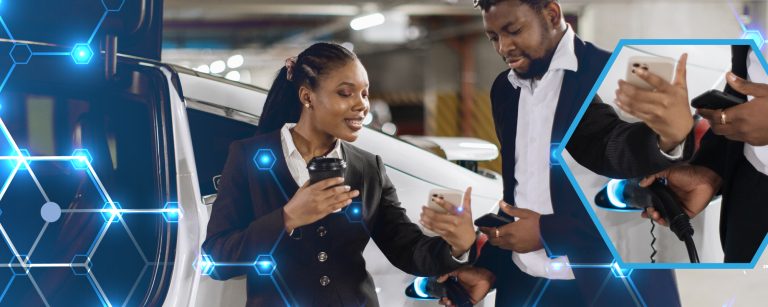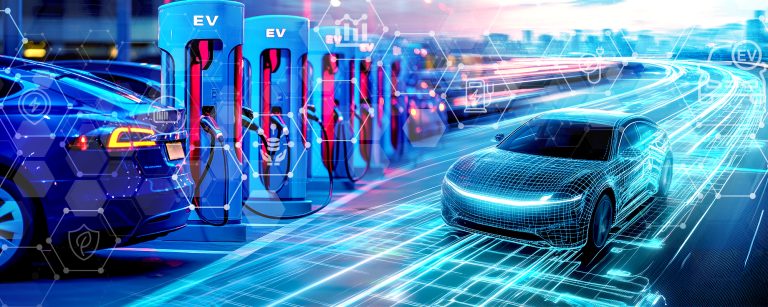Every day, INL’s talented scientists and engineers discover new technologies that improve energy efficiencies, develop stronger materials, and lead us to a more secure tomorrow.
With their efforts, you might soon…
- Charge your electric vehicle in less than 15 minutes.
- Reliably power your home using a combination of energy sources.
- Upgrade your recycling impact by turning household waste into biofuel.
INL researchers are studying ways to provide practical and reliable energy options for people and industries, including microgrid systems, water treatment capabilities and chemical production. Their work combines world-class technologies to bring more solutions into today’s industrial landscape.
Research Highlights
Energy Integration
Advanced Transportation
INL in the News | Integrated Energy
Camp Buehring, a United States military base nestled in northern Kuwait just 20 miles from the Iraqi border, faces a...Read More
When reviewing electric vehicles (EVs), automobile journalists usually cite a long list of superlatives — they’re quick, quiet, reliable and...Read More
Accurately forecasting how much power individual stations will demand from the electric grid is a major challenge facing the rapid...Read More
Frequently Asked Questions
What role does INL play?
Where does INL research impact the environment?
How does better energy efficiency affect our lives?
As the global population grows, so do our demands on the planet. Access to affordable, abundant energy is a key enabler of improved quality of life and sustained economic prosperity. That’s why INL is creating better ways to provide electricity, fuel vehicles and manufacture goods that use less energy and fewer harsh chemicals that create harmful byproducts. These efforts will lead to cleaner air and water, providing all living things the chance for a long, healthy future.
Does recycling still have a place?
What new transportation innovations will contribute to environmental sustainability?
Why is battery research crucial?
How does our energy research support the electrical grid?
What is bioenergy?
Bioenergy is produced by using organic materials like algae, lumber byproducts, inedible crops, municipal waste and manure. Refineries process these raw materials, called biomass, to create solid or liquid fuels that can be burned to create electricity. INL has a state-of-the-art facility that troubleshoots supply systems to efficiently and sustainably deliver large quantities of biomass.
Not finding what you are looking for? Please send your question to [email protected].





